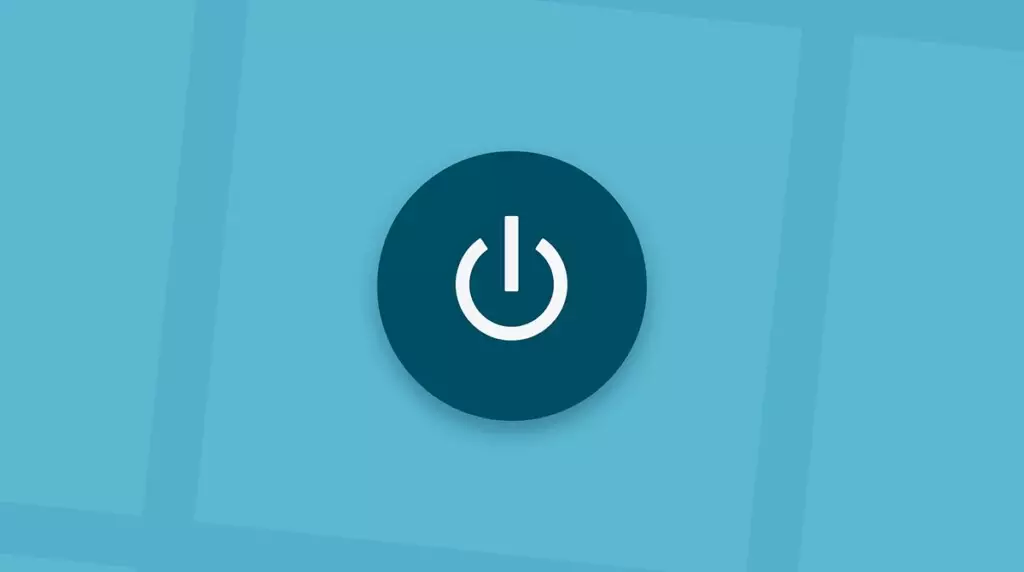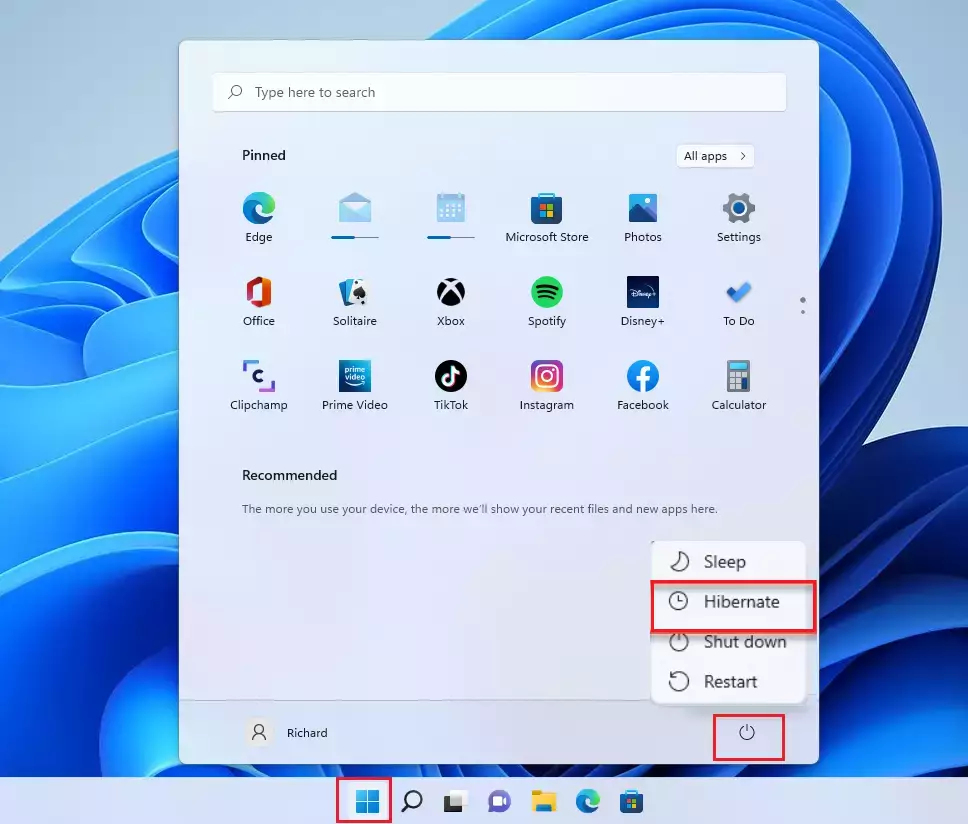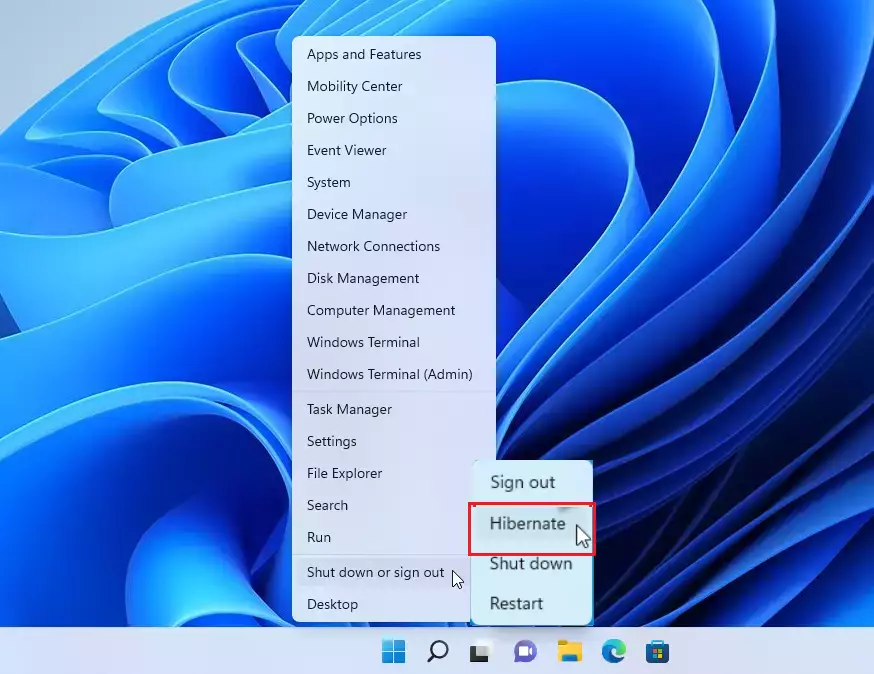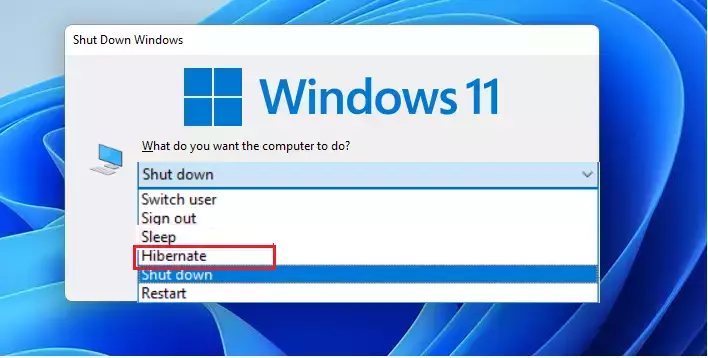This article explains how to hibernate a PC when running Windows 11.
There are multiple ways to hibernate a computer in Windows, and all of them work well. Some work well in certain situations, but all accomplish the same goal: temporarily putting a computer to sleep without losing one’s session.
Windows has multiple sleep or hibernation modes: A Hybrid sleep is a type of sleep state that combines sleep and Hibernation.
A Modern Standby also enables an instant On and Off user experience similar to mobile devices while connected to networks in low-power idle mode.
Before your PC goes into Hibernation, Windows saves your desktop session, including work, open documents, and programs, to the hiberfile (C:\hiberfil.sys) on your hard drive before turning off the computer. On most PCs, one can resume using the power button. Sometimes, pressing any key on the keyboard or opening a lid on the laptop may wake the PC from Hibernation.
So, whatever method you use to put a Windows PC into Hibernation, you’ll want to pick the best method.
How to hibernate a PC by pressing the power button
Simply pressing and releasing the power button on most PCs will put a Windows computer into Hibernation. Not all PCs have a hibernation feature.
If your PC has a dedicated sleep or hibernation button, press that button to put the PC to sleep. Or hit the computer’s physical power button to put the computer to sleep or Hibernation.

How to Hibernate a PC from the Start
The standard and common way to put a Windows 11 PC into Hibernation is from the Start menu. The Start menu is a button on the Taskbar in the middle of your screen.
To put a Windows 11 computer to sleep, click the Start button on the Taskbar, select the power button icon, and click Hibernation, as highlighted below.

How to hibernate a Windows 11 PC using the Win+X power user menu
One can also put a Windows 11 computer into Hibernation using the Power User menu. This menu provides more administrative tasks that are unavailable to a regular user.
To use the Power User menu to hibernate a Windows computer, right-click the Start button or press the Win + X keys on your keyboard, then click Shut down or sign out and select Hibernate to put the computer to sleep.

How to hibernate a computer using keyboard shortcuts
As mentioned above, multiple ways exist to hibernate a Windows PC. You can use keyboard shortcuts to bring up the Shut Down window.
Press your keyboard’s ALT + F4 keys to open the shutdown window’s dialog box. Then, select Hibernate from the options.

Or press the CTRL + ALT + DEL keys on your keyboard to bring up other command options, then click on the power button icon at the bottom right, and click Hibernate to put your computer to sleep.

That should do it!
Conclusion:
- Hibernating a Windows 11 PC is essential to temporarily put a computer to sleep without losing the current session.
- Various methods enable users to hibernate their PCs efficiently by pressing the power button, using the Start menu, Win+X power user menu, keyboard shortcuts, and dedicated hibernation buttons.
- Windows offers different sleep or hibernation modes, such as Hybrid Sleep and Modern Standby, enhancing the user experience and power management.
- Resuming from hibernation is simple, typically achieved by pressing any key on the keyboard or opening a laptop lid.
- Users should choose the most suitable hibernation method based on their preferences and available options.

Leave a Reply